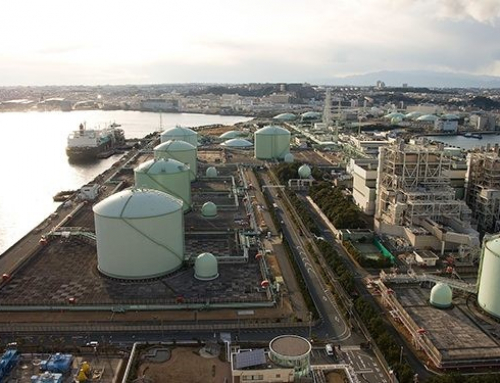This article first appeared in Climate News Network
by Tim Radford
How forest carbon storage affects climate change is a vital part of scientists’ calculations. But fresh uncertainties keep on sprouting.
LONDON, 6 November, 2018 – Two new studies have just made one of the puzzles confronting scientists even more perplexing: just how effective is forest carbon storage?
One research team thinks that their colleagues have been overestimating one of the big calculations of carbon storage: the estimates of atmospheric carbon locked into the timber of the world’s forests may have been systematically overestimated for at least 50 years.
And another has slightly more cheerful news: assumptions about what trees do at night or in the winter could be wrong. Even at night, vegetation is at work, absorbing nitrogen and building tissues with carbon.
Both studies are tentative. The resulting answers do not make a huge difference to the biggest climate puzzle of all: what happens to the carbon dioxide and other greenhouse gases emitted by the combustion of fossil fuels. This is known as the carbon budget.
But both studies are reminders that when it comes to understanding precisely how the planet’s climate machinery works, there are still many questions to be settled.
“No matter what, plants will not keep up with anthropogenic carbon dioxide emissions; it’s just that they might do better than current models suggest”
French scientists report in the American Journal of Botany that they took a new look at an old formula, the forester’s rule of thumb used for calculating the density of wood in growing trees. And, the scientists say, they have found a small mistake: one big enough, however, to lead to an overestimate of up to 5% in the carbon-storing capacity of an oak, a pine, a eucalypt or a fig.
Scientists at CIRAD, an agricultural research base in Montpellier, France, have kept a database of 1,300 wood species and almost 4,500 trees for the last 70 years. When researchers came to look at a conversion factor in calculations of density, they found something that failed to add up.
“To start with, I thought we had made a mistake in our calculations, or that there was some uncertainty surrounding measurement of the relevant data,” said Ghislain Vieilledent of CIRAD. “It was not easy to cast doubt on a formula that has been widely accepted for years and quoted in several scientific articles.”
It means that estimates of the carbon stored in the world’s forests – a vital component of the carbon budget calculations – could be too high by a relatively small factor. But the global sums are huge.
Uncertainties abound
Human industrial activity releases on average 34 billion tonnes of carbon dioxide each year. Land use is seen as a key factor in mitigating the effects of these emissions. The world’s forests are thought to absorb and store up to 11 billion tonnes of carbon dioxide from the atmosphere each year.
Quite how efficiently this happens depends on a huge range of other factors, including the levels of rainfall and the action of soil microbes and fungi. Nobody knows quite how vegetation will react to higher temperatures, higher ratios of carbon dioxide in the atmosphere, or longer droughts or heatwaves.
There are uncertainties about all these factors: an error in estimating the precise density of wood could be just another sprig of doubt in a forest of confusions.
On the other hand, it could be a straightforward finding that forests are now 5% less good at storing carbon than climate scientists have so far assumed.
Nocturnal activity
But any consequent gloom could be countered by another forest revelation, this time in the journal Nature Climate Change.
Scientists at the Lawrence Berkeley National Laboratory have fashioned a new global land model of the traffic between atmosphere, rocks and living things. They report that plants actually take up more carbon dioxide, and soils surrender less of that other greenhouse gas, nitrous oxide, than previously thought.
And they arrived at this conclusion by taking a closer look at what plants do at night.
The assumption is that they do nothing much at night: there is no photosynthesis, so there is no plant action.
Carbon budget queries
But, the US team says, there is evidence that where nutrients are abundant, plants go on taking up nutrients at night, and even in the non-growing season. In the Arctic, this may account for 20% more nitrogen consumption. In the tropics, it may be as high as 55%.
In which case, the carbon budget estimates could be wrong: the error in the calculation of nitrous oxide released could add up to the equivalent of 2.4 billion tonnes of carbon dioxide not spilled into the atmosphere from the forest floor.
“This is goodish news, with respect to what is currently in climate models,” said William Riley of Lawrence Berkeley Laboratory.
“But it is not good news in general – it’s not going to solve the problem. No matter what, plants will not keep up with anthropogenic carbon dioxide emissions; it’s just that they might do better than current models suggest.” – Climate News Network
About the author: Tim Radford, a founding editor of Climate News Network, worked for The Guardian for 32 years, for most of that time as science editor. He has been covering climate change since 1988.





